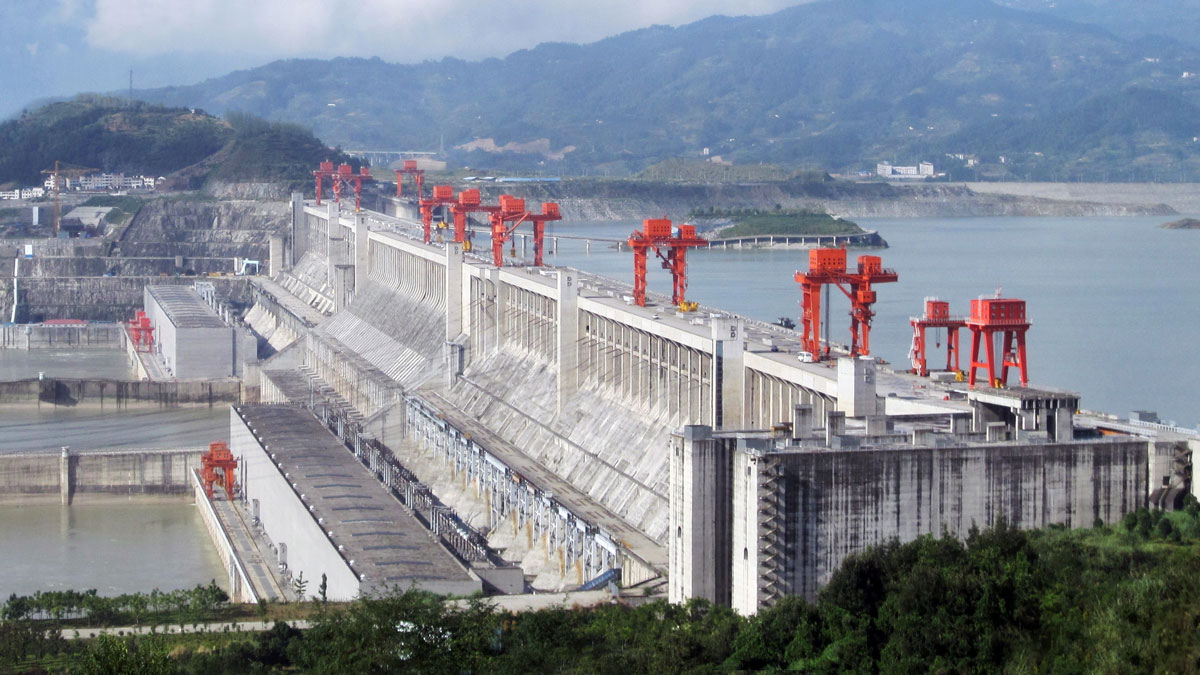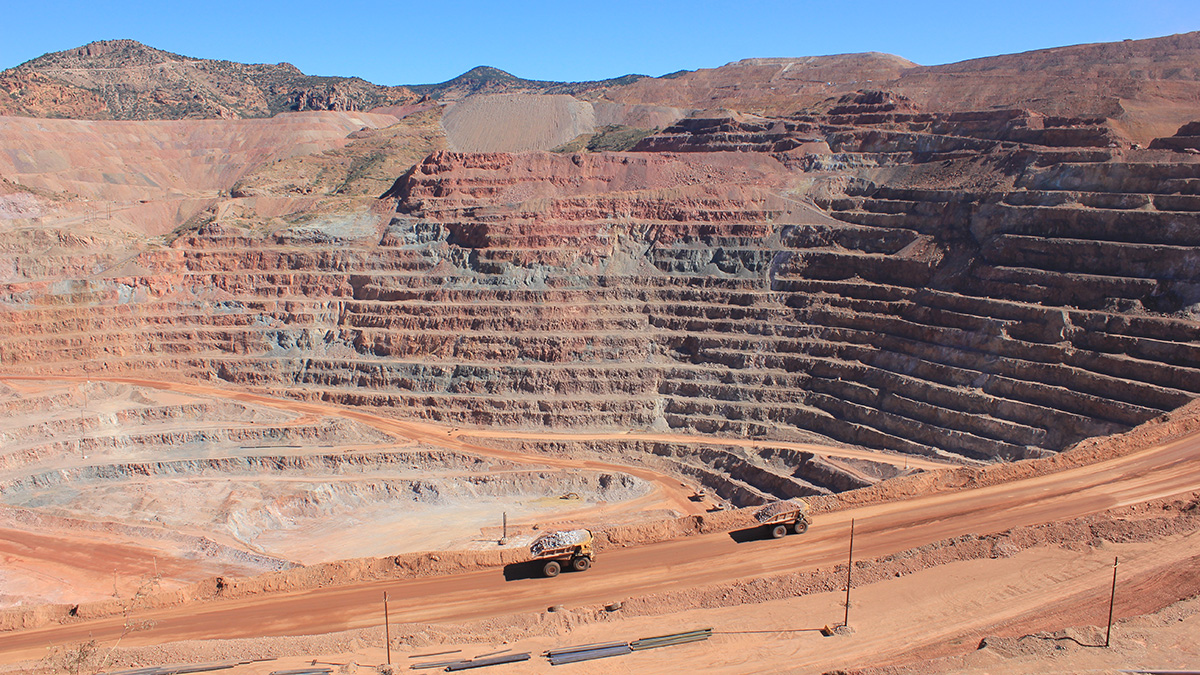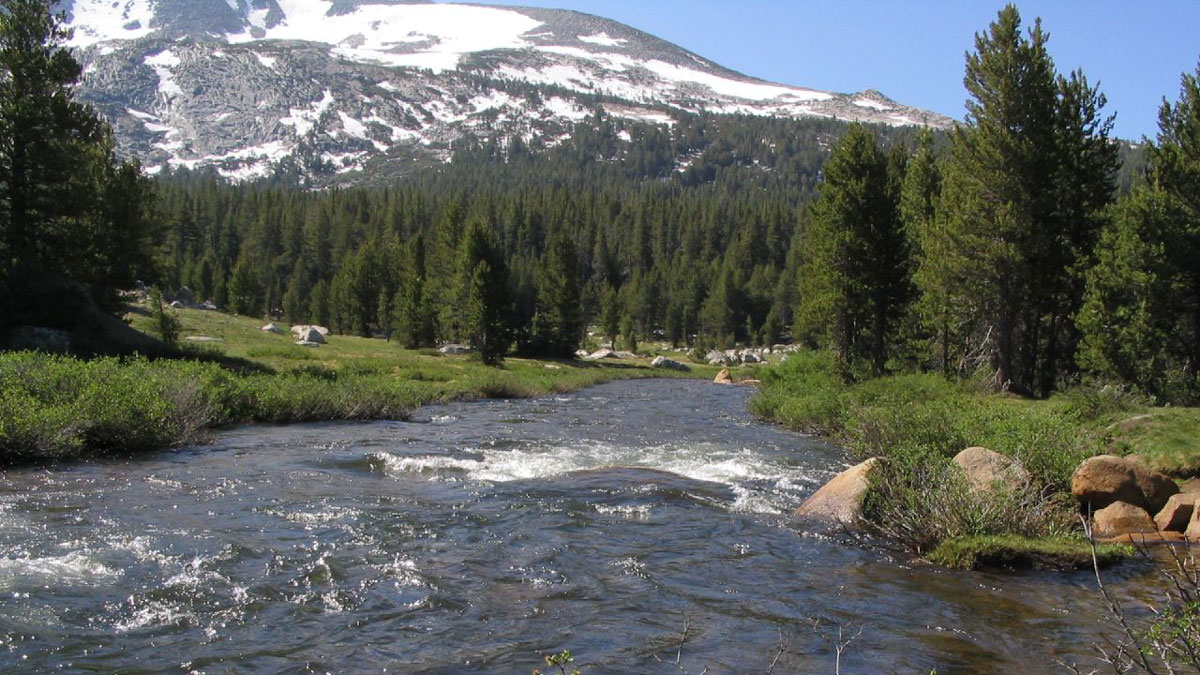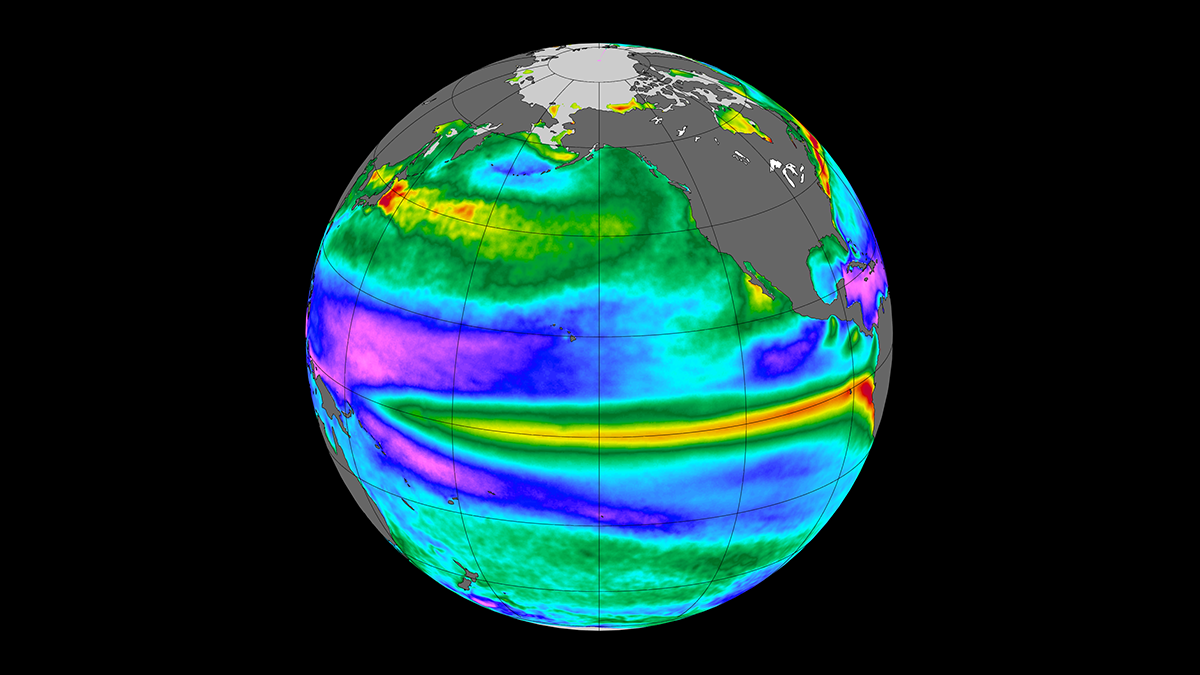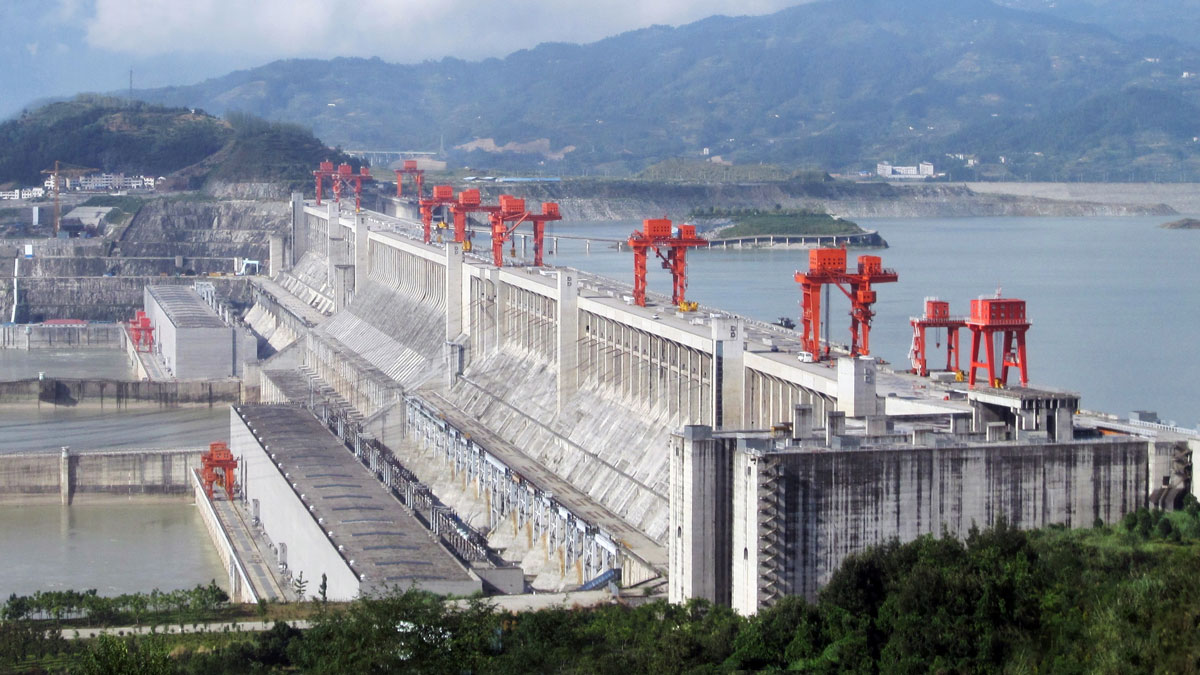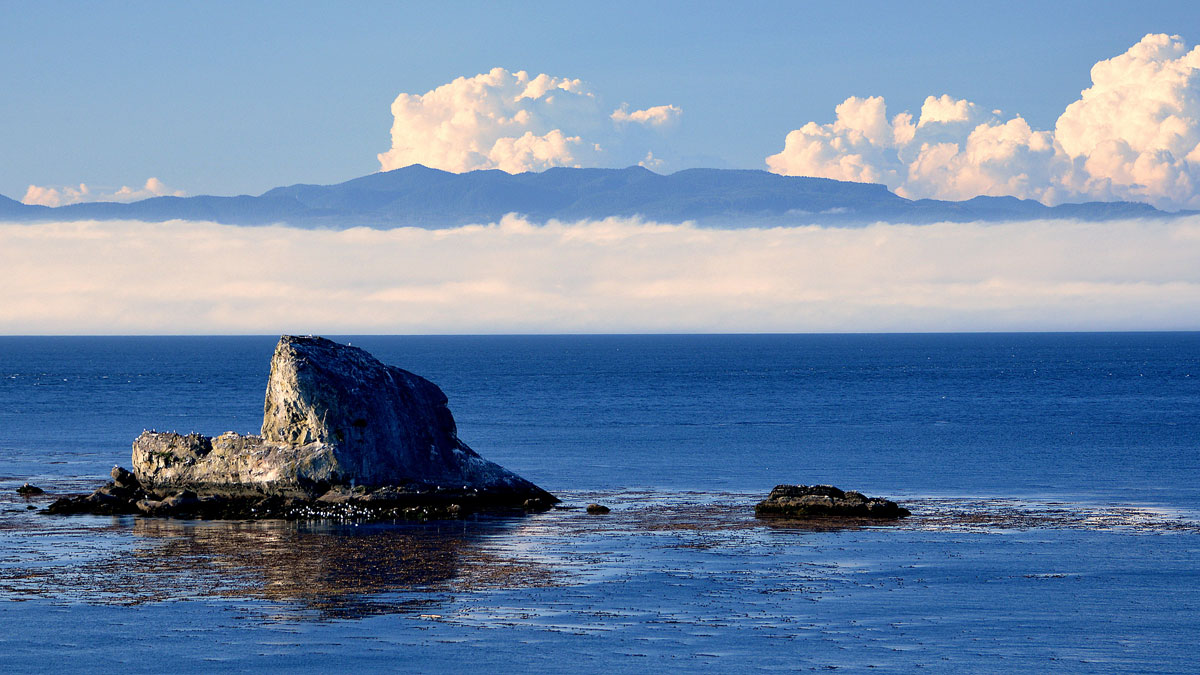为了研究中国三峡水库沿线的一处滑坡,研究人员在现场布设了光纤传感器,来监测地下温度、湿度和应变。
Aaron Sidder
Aaron Sidder is a freelance writer based out of Denver, Colo. He has a master’s degree in ecology from Colorado State University. Aaron was an AGU-sponsored AAAS Mass Media Science & Engineering Fellow at National Geographic in 2016, and he has been writing for Eos ever since. In addition to Eos and National Geographic, he has written for National Geographic Kids Magazine, Smithosonian Smart News, 5280 Magazine, and the Santa Fe Institute. In his free time, he cultivates an extensive—and growing—collection of field guides from around the country.
Machine Learning Could Revolutionize Mineral Exploration
Using a global data set of zircon trace elements, new research demonstrates the power of machine learning algorithms to accurately identify and locate porphyry copper deposits.
What Drives Hillslope Connectivity?
Hillslopes play a critical role in linking ecosystems. Understanding the forces that drive their connections can help us to better understand adaptation in the face of climate change.
Spatial Scale Shapes the Ocean and Atmosphere’s Influence on the Climate
Researchers measured the processes driving heat exchange between the Pacific Ocean and the atmosphere.
Fiber Optics Open New Frontier for Landslide Monitoring
To study a landslide along China’s Three Gorges Reservoir, researchers deployed underground fiber-optic sensors to monitor temperature, moisture, and strain.
Missouri River Floodplain Expansion, Services, and Resiliency
Benefits might accrue for both wildlife and climate resiliency if more floodplains along the lower Missouri River were allowed to flood.
Una nueva perspectiva sobre la vida microbiana en las aguas termales del Parque Yellowstone
Una investigación sobre los rangos de hábitat de microorganismos en las fuentes hidrotermales del parque nacional Yellowstone muestran condiciones ambientales propicias para la interacción entre cianobacterias y algas.
Tracing Water Particles Back in Time
Every summer, a low-oxygen pool settles off Canada’s western coast. A new study uses robust modeling to track the origins of the dense water.
Understanding the Calcium Carbonate Cycle in the North Pacific
Using data collected from Hawaii to Alaska, a new study sheds light on calcium carbonate cycling in the ocean, an understudied component of the global carbon cycle.
Modeling Atmospheric Waves from Hunga Tonga–Hunga Ha‘apai
A shallow-water oceanic model showed agreement with satellite observations of atmospheric waves produced by the eruption of the underwater volcano.

